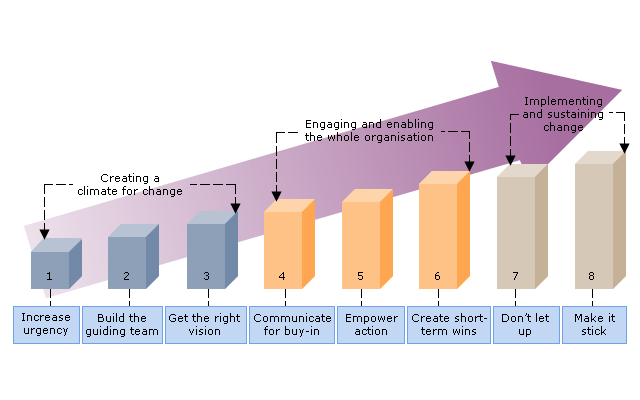Information being exchanged amongst the workers of an organisation is a system that has been an essential constituent of the procedure of knowledge management. With the introduction of the contemporary information and communications technology within corporations, it has become very convenient and has also become a valuable support function to make such exchanges possible by reducing the obstructions of time and distance. On the other hand, those corporations that have invested in technologies of this kind are frequently faced with the complications of inducing the workers to utilize the purpose of those technologies in order to communicate their knowledge and perceptions. The knowledge share/hoard predicament is a socio-psychological behavior aspect that describes that employees feel the need to not share Continue reading
Modern Management Approaches
Triple Bottom Line (TBL or 3BL)
The concept of Triple Bottom Line (TBL or 3BL) is a popular concept that has been applied in the understanding of social duties among companies that are looking forward for the incorporation of non monetary values in their businesses. Its notion has become of much fashion in management, investing and management over the last few years. It has been explained that the ultimate success of corporations ought to be measured not just by the use of traditional financial bottom line, but need also to be measured by on the ethical and environmental factors. In fact most individuals have accepted that, organizations have a lot of responsibilities to their stakeholders to have responsible behaviors. In addition, it is also true that, Continue reading
Paradoxical Thinking
For decades, the management theorists have focused their attention on three types of thinking i.e. magical thinking, modern thinking and postmodern thinking. The latest inclusion is the paradoxical thinking. The main reason that paradoxical thinking has gained importance in the business world is that there were some buzz phrases that were being used by the employees of the organisations such as controlled chaos, getting outside the box, breaking the frame of reference, creative destruction, fuzzy logic and etc. All of these terminologies show that a business can develop something impossible by going beyond the imaginative framework and these old models have less importance in the contemporary world. The primary crux of the paradoxical thinking is that the openness can be Continue reading
Kotter’s 8-Step Change Model
Change is the word that best described of the modern societies and culture. Change occurred in almost every aspects of life. Change presses us out from our comfort zone. People changed in their life to avoid stagnation and to improve their quality of life and become a better person. This is also true in business where the rapid change in technologies, the way of doing things, advances in information technologies, internal and external pressures, e-business and globalization creates a competitive environment in most organization in order to survive and to be relevant. How business react, operate and adapt to any changes determine the survivability of the company. In organization, change is necessary but often proves to be challenging. To guide Continue reading
Adoption of Blue Ocean Strategies in Business
Strategy involves standing out from the competition and making choices that give the company a unique and valuable position by offering distinctive products and services. Competitive advantage and profitability can be achieved simultaneously by approaches that create consistent internal synergies and combine a company’s operational activities efficiently. Strategies are formed at various levels of the organization. However, a typical organizational structure incorporates strategies at 3 specific levels: corporate, business and functional. Corporate strategy defines a company’s holistic growth and management direction pertaining to its various businesses, products and services. Business strategies, on the other hand, are established at the divisional levels and typically focus on enhancing the strategic business unit’s competitive position in its industry. Functional strategies aim to maximize Continue reading
Kaizen Costing Method
Kaizen is a Japanese management concept launched by Masaaki Imai, which proved to be the key to Japanese competitive success. The significance of this concept is: KAI = Change and ZEN = for better, and the translation is “continuous improvement”, that means small improvements to the ongoing efforts. Unlike the Western conception, implying total change, at large intervals of time, using large amounts of resources and a high cost level, Kaizen Costing seeks daily, gradual, slow, but continuous improvements, which take place at minimal cost. Kaizen strategy is that a single day should not pass without an improvement to intervene in the activity of each employee or each entity. The Japanese have shown that by applying this strategy, improvement is Continue reading




